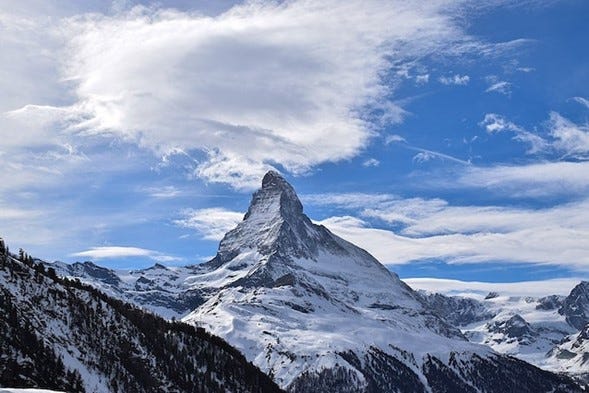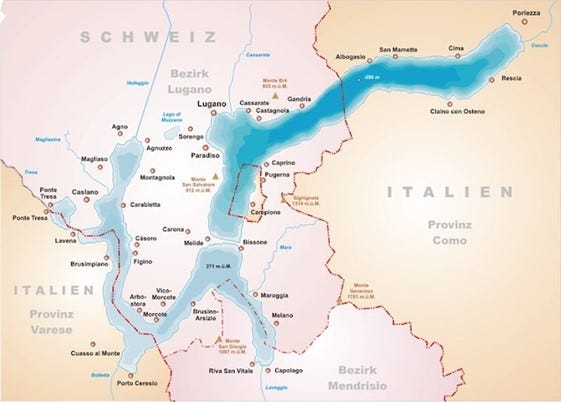1. China is promoting trade across the Arctic Ocean
Climate change leading to the melting of Arctic ice has opened the polar region to increased sea traffic across the northern ocean. Chinese companies have indicated that they want to help make Kirkenes, Norway, the biggest port in Northern Europe. Located between Finland and Russia 400 km north of the Arctic Circle, Kirkenes lies near the opening of the most viable polar shipping route linking China to Europe. Melting sea ice, due to climate change, has caused China to target the small town for a deep-water port at the western end of the Northern Sea Route, or NSR: a key leg on its proposed Silk Road (Polar route). As a port with open access to European markets, Kirkenes is the first logical stop for Chinese ships after they leave Russian waters (Figure 1).
Once united in efforts to keep China at arm’s length, the Arctic ‘club’ of eight nations (seven members of NATO and Russia) has been fractured by the war in Ukraine. However, Norway and its NATO allies are wary of handing Beijing any control over its facilities that could be crucial to trade and even military purposes.
Figure 1
2. National border moved due to glacier melt
In late September 2024, the Federal Council of Switzerland ratified a proposed change to the shared border with Italy. This change concerns the territory around Mount Matterhorn, a mountain of the Alps which straddles the region's main watershed where the border is demarcated by the ridges of glaciers in the region (Figure 2). The reduction of glacial ice due to climate change has caused the borders to shift. The border at the Matterhorn separates the Italian municipality of Cervinia and the Swiss municipality of Zermatt. Overall, Switzerland gains a small amount of territory, which does not include any ski facilities or refuges.
Figure 2. The Matterhorn
Source: Liridon
The change, in recognition of the main economic activity in the region – related to skiing and other winter sports, came from a joint commission that proposed the adjustment in May 2023. Boundaries will be changed at the landmarks of Plateau Rosà, the Carrel refuge, and Gobba di Rollin, all near Mt. Matterhorn and all popular ski destinations. It is presumed that the change will also be approved by the Italian authorities soon.
A further point
National borders are NOT straightforward, and this border illustrates this. The border between Italy and the Switzerland extends for over 740km between Monte Dolent to the west (at a point also shared with France) and Piz Lat to the east (at a point also shared with Austria). Next to the main border, there is a minor border which surrounds the municipality of Campione, an exclave of Italy located in the territory of Switzerland on the shore of Lake Lugano (Figure 3).
Figure 3. Location of Campione, Italy (within Swiss territory)






